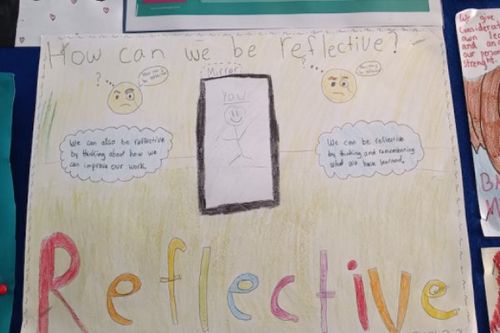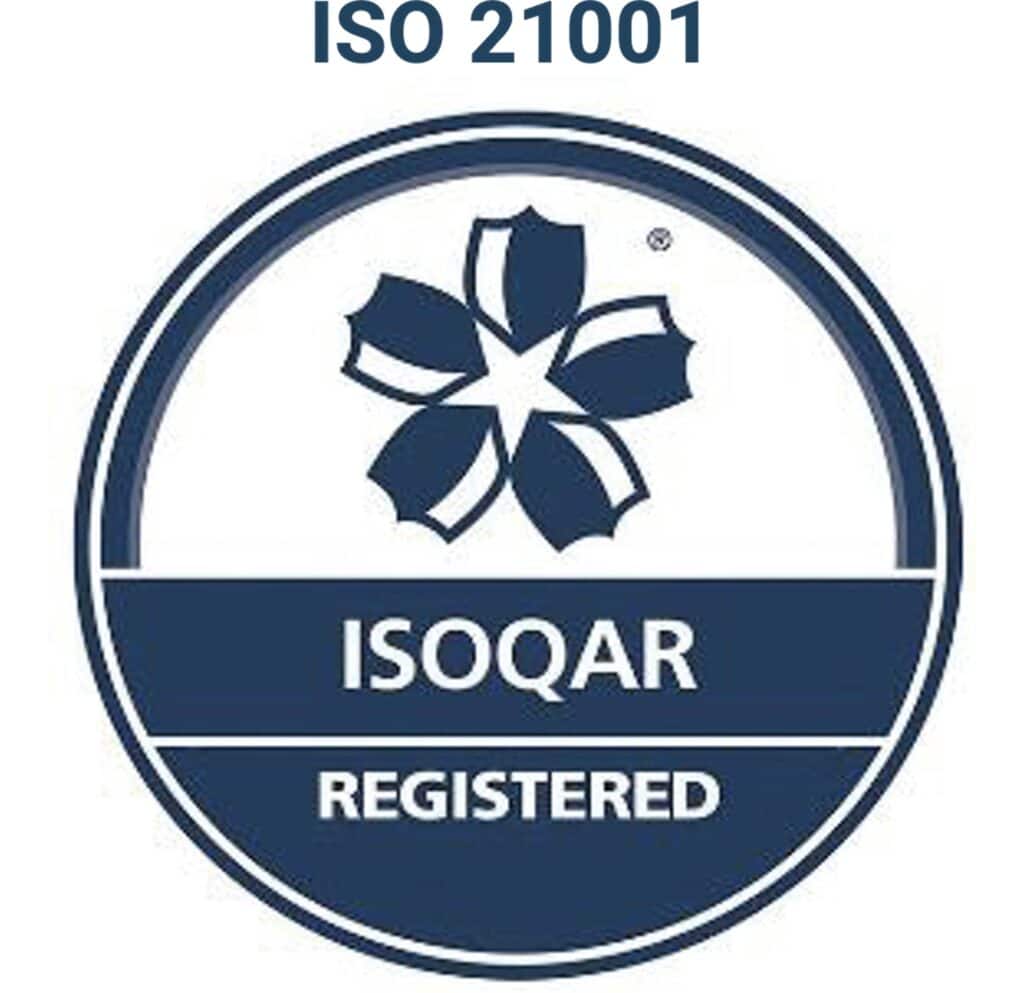At OWIS, we believe that sharing information with parents about our education approach in the classroom creates the ideal partnership, so that everything falls into place and children have the best possibility of reaching their potential. When parents, students and teachers work closely together, that’s the best route to achieving success for the young people in our care.
That is what the OWIS Parent Partnership Series is all about. Through this platform, we educate school families about the different aspects of children’s learning in Early Childhood, Primary or Secondary.
One recent seminar in this series threw light on how we as a school build a strong foundation for numeracy in Primary School. The session was hosted by Ms Rashmi Tourani, Senior Coordinator for Teaching & Learning in Primary School, and Ms Karen Brooks, the Mathematics Coordinator for Primary School.
Here are some highlights from the presentation.
Numeracy Skills at OWIS Follow Age-Appropriate Learning Objectives

Numeracy is the study of numbers and their real-world implications. With numeracy skills, children learn how to perform fundamental maths operations like addition, subtraction, multiplication and division. Numeracy also equips children to use thinking and reasoning to understand finances and function in society.
At OWIS, we incorporate numbers into every aspect of the curriculum. We also utilise several strategies to help your child learn Maths. Consider how we reinforce numeracy skills for young learners.
In the IB PYP curriculum, learning objectives are arranged logically and sequentially. For example, children learn to identify and write numbers before they begin to solve problems, and they identify shapes before tackling geometry. By mastering grade-appropriate objectives, children prepare to advance academically. That’s why we ensure children learn all these objectives at every level before they progress to the next topic or grade.
Our Techniques to Advance Numeracy Skills in Primary School

- Utilise Teaching Blocks – Our curriculum is divided into teaching blocks that outline lessons and include Units of Inquiry with clear objectives and integration units. Using this teaching block method allows us to cover the curriculum thoroughly across all grade levels. We also use the award-winning White Rose mapping tool. So while teachers can adjust the sequential units based on every child’s needs, parents can also follow this map to support learning in the classroom and at home.
- Implement a Team Approach – Our teachers work together as a team. We meet regularly to discuss the required objectives, create learning blocks, and share best practices. While challenging children to learn, we incorporate methods, systems and tools that enhance every aspect of the curriculum. Through regular cooperation, our teachers give children every opportunity for success.
- Offer a Variety of Techniques – As a leading international school in Singapore, we incorporate various techniques to support all learners. Typically, we introduce materials via teaching videos and PowerPoint presentations. Then, children complete worksheets, practice questions and quizzes to ensure they understand the lesson. We may also use visual aids and physical objects like magnets or toys, movement, games and technological tools.
Additionally, we teach children how to use more than one strategy to solve a problem. Grouping, halving and cross-multiplication are a few examples of the many strategies that help children think critically.
And we ensure every child has access to all the techniques, strategies and tools we use. This way, they can pick and choose the techniques that support their learning style and engagement preferences.
- Support Differentiated Instruction – Differentiated learning supports all children while ensuring that every child grasps foundational concepts before they progress onto the next portion of the curriculum. We believe every child has a unique learner profile with different strengths and learning styles. By acknowledging differences, we can offer specific instruction that builds on strengths and boosts confidence while providing meaningful education.
To implement differentiated learning, our teachers are facilitators that allow children to guide their learning. Our teachers offer instruction along with engaging and educational activities and games that support every child’s success. We also maintain flexibility. We slow or increase the pace based on the child’s needs.
- Allow Students to Lead Learning – Children become more engaged in the process by taking responsibility for their learning. Typically, children learn best when they want to learn and have access to strategies that support their individual learning styles and needs.
That’s why we offer a toolbox of learning strategies and give every child opportunities to decide how they learn best. For example, visually-motivated students can review pictures, graphs and charts, plus draw answers to Maths problems. Children who learn through movement may play with manipulatives and objects like blocks and puzzles. Auditory learners have access to verbal instructions. In each case, our teachers encourage children to ask questions, explore interests and advocate for themselves.
- Encourage Reasoning – Certainly, Primary students should possess number competency and know how to solve maths problems that involve addition, subtraction, multiplication and division. However, Maths also requires reasoning skills. Therefore, students must understand number relationships and know how to think beyond rote memorisation.
To promote reasoning, we ask open-ended questions that require children to think critically. And we encourage children to practise curiosity, creativity and imagination. We also provide various tasks and investigations as we encourage children to take risks and make mistakes. In these ways, we promote reasoning and equip children to incorporate numeracy into practical situations they will face in everyday life.
- Incorporate Collaboration – We utilise group activities, games and projects to promote collaboration and cooperation. Working in groups teaches children to take turns, share resources and offer mutual support. Teamwork also helps children develop communication and leadership skills.
Consider two examples of collaboration. In one class, children measure the perimeter of the room or outdoor space. Then, they calculate the area and plot a garden or zoo. In another class, small groups draw maps of imaginary worlds with buildings, streets and materials learned in other courses, such as Units of Inquiry, language arts, or Information and Communication Technology (ICT). With these practical and collaborative exercises, children learn numeracy and Maths while developing essential life skills.

OWIS Families are Encouraged to Support Maths Learning at Home
OWIS teachers in the IB Primary Years Programme create a supportive and nurturing learning environment for children. And we invite parents to support learning at home. For example, you could play Maths-based board and card games, follow recipes while cooking together, count objects during outdoor walks or hikes, and build block castles or mud pies. Additionally, you can plug learning gaps by accessing the online classroom portal and reviewing topics from the current or previous years. These and other activities promote learning at home and help build partnerships with us, so that together we all can enhance your child’s numeracy skills.
OWIS Supports Numeracy in Primary School

The teachers at OWIS create a fun and engaging learning environment that equips all children to learn maths and reach their potential. We invite parents to partner with us to prepare children for future academic endeavours and success.














